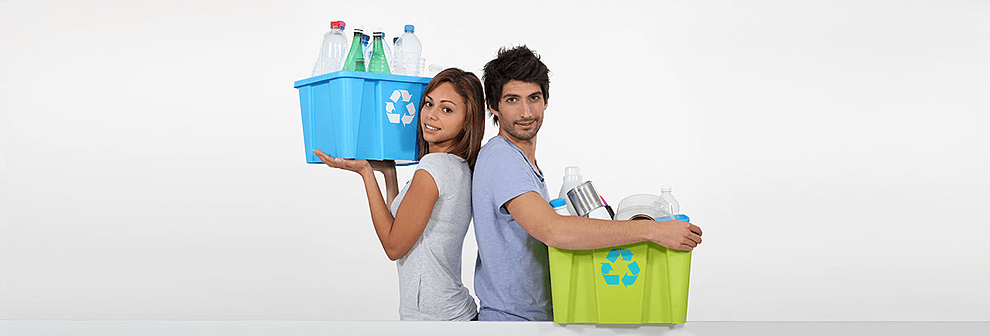Sustainable Toys: Best Plastic Alternatives
Posted on 07/11/2024
As the world increasingly embraces eco-friendly practices, the toy industry is undergoing a significant transformation. Parents and consumers are growing more conscious about the environmental impact of the products they buy, including toys. Traditional plastic toys, while durable and versatile, contribute significantly to plastic pollution. Hence, there is a growing demand for sustainable toys made from alternative materials. This article delves into the best plastic alternatives for sustainable toys, underscoring their advantages and potential drawbacks.
The Problems with Plastic Toys
Plastic toys have dominated the market for decades due to their affordability, durability, and variety. However, they come with substantial environmental costs:
Non-Biodegradability
One of the primary issues with plastic toys is their non-biodegradability. Most plastics take hundreds or even thousands of years to decompose, leading to long-term pollution. When these toys are discarded, they often end up in landfills or oceans, causing environmental harm.
Toxic Chemicals and Health Risks
Some plastic toys contain harmful chemicals such as BPA, phthalates, and heavy metals, posing risks to children's health. These chemicals can leach out over time, especially when toys are chewed or exposed to heat.
Resource-Intensive Production
The production of plastic toys requires a significant amount of natural resources, including petroleum. Additionally, the manufacturing process often releases toxic pollutants into the air and water.

Alternative Materials for Sustainable Toys
Fortunately, there are several viable alternatives to plastic that are both eco-friendly and safe for children. Here are some of the best plastic alternatives for sustainable toys:
Wood
Wooden toys are one of the most popular alternatives to plastic. They have been around for centuries and are known for their durability and classic appeal.
Advantages of Wooden Toys
- Natural and Non-Toxic: High-quality wooden toys are often made from sustainably sourced wood and finished with non-toxic paints and varnishes.
- Durable and Long-Lasting: Wooden toys are sturdy and can withstand years of play, often passed down through generations.
- Educational: Many wooden toys are designed to enhance creativity, motor skills, and problem-solving abilities.
Potential Drawbacks
- Cost: High-quality wooden toys can be more expensive than plastic counterparts.
- Weight: Wooden toys are generally heavier, which might not be suitable for very young children.
Bamboo
Bamboo is another excellent alternative to plastic. It is a highly renewable resource that grows rapidly and requires minimal resources.
Advantages of Bamboo Toys
- Eco-Friendly: Bamboo grows quickly without the need for pesticides or fertilizers, making it a sustainable choice.
- Strong and Durable: Bamboo is lightweight yet strong, making it ideal for children's toys.
- Aesthetic Appeal: Bamboo has a unique texture and appearance that adds to the charm of the toys.
Potential Drawbacks
- Cost: Like wooden toys, bamboo toys can be relatively expensive.
- Availability: Bamboo toys may not be as readily available as other alternatives.
Organic Cotton
Organic cotton is primarily used for soft toys, such as dolls and stuffed animals. It is a sustainable and safe alternative to synthetic fabrics and fillings.
Advantages of Organic Cotton Toys
- Non-Toxic and Hypoallergenic: Organic cotton is grown without pesticides and is less likely to cause allergic reactions.
- Soft and Comfortable: Organic cotton toys are gentle on a child's skin, making them ideal for babies and toddlers.
- Biodegradable: Unlike synthetic fabrics, organic cotton naturally decomposes, reducing environmental impact.
Potential Drawbacks
- Durability: While soft and cuddly, cotton toys may not be as durable as those made from wood or bamboo.
- Higher Cost: The price of organic cotton toys can be higher due to the cost of organic farming practices.

Recycled Materials
Using recycled materials is a fantastic way to reduce waste and produce sustainable toys. These materials can include recycled plastic, paper, and fabric.
Advantages of Recycled Material Toys
- Waste Reduction: Recycled materials help to minimize waste by repurposing existing resources.
- Variety: Toys made from recycled materials come in various designs and types, offering a range of options.
- Eco-Friendly: Using recycled materials reduces the need for new resources and lowers the carbon footprint of production.
Potential Drawbacks
- Quality Variation: The quality of toys made from recycled materials can vary, depending on the source and processing of the materials.
- Availability: These toys may not be as widely available as those made from new materials.
Natural Rubber
Natural rubber is derived from the latex of rubber trees and is a sustainable and biodegradable material used increasingly in the toy industry.
Advantages of Natural Rubber Toys
- Biodegradable: Natural rubber decomposes more easily than synthetic alternatives, reducing environmental impact.
- Durable: Natural rubber is resilient and long-lasting, making it suitable for active play.
- Non-Toxic: High-quality natural rubber toys are free from harmful chemicals.
Potential Drawbacks
- Allergies: Some children may have latex allergies, making natural rubber unsuitable for them.
- Cost: Natural rubber toys can be more expensive compared to plastic toys.
Conclusion
The shift towards sustainable toys is a crucial step in reducing environmental impact and promoting healthier options for children. While plastic toys have long been a staple, their detrimental effects on the environment and health cannot be ignored. Fortunately, numerous plastic alternatives, such as wood, bamboo, organic cotton, recycled materials, and natural rubber, are available and growing in popularity.
As consumers become more eco-conscious, the demand for sustainable and non-toxic toys is likely to continue rising. By opting for these plastic alternatives, parents and caregivers can contribute to a cleaner, safer, and more sustainable future for the next generation.
In conclusion, sustainable toys made from plastic alternatives offer numerous benefits. They are not only safer for children but also more environmentally friendly. While some alternatives may come with higher costs or other limitations, the long-term benefits far outweigh these drawbacks. It's time to rethink our choices and opt for toys that are both fun and sustainable.




